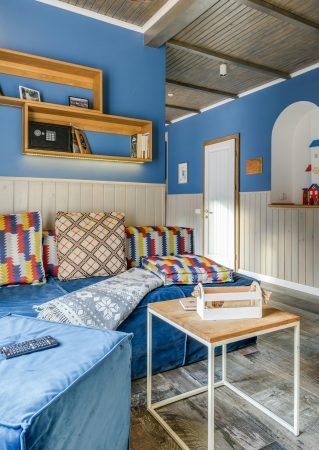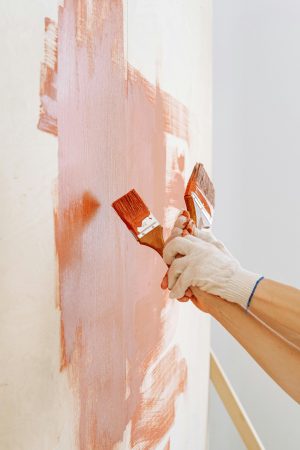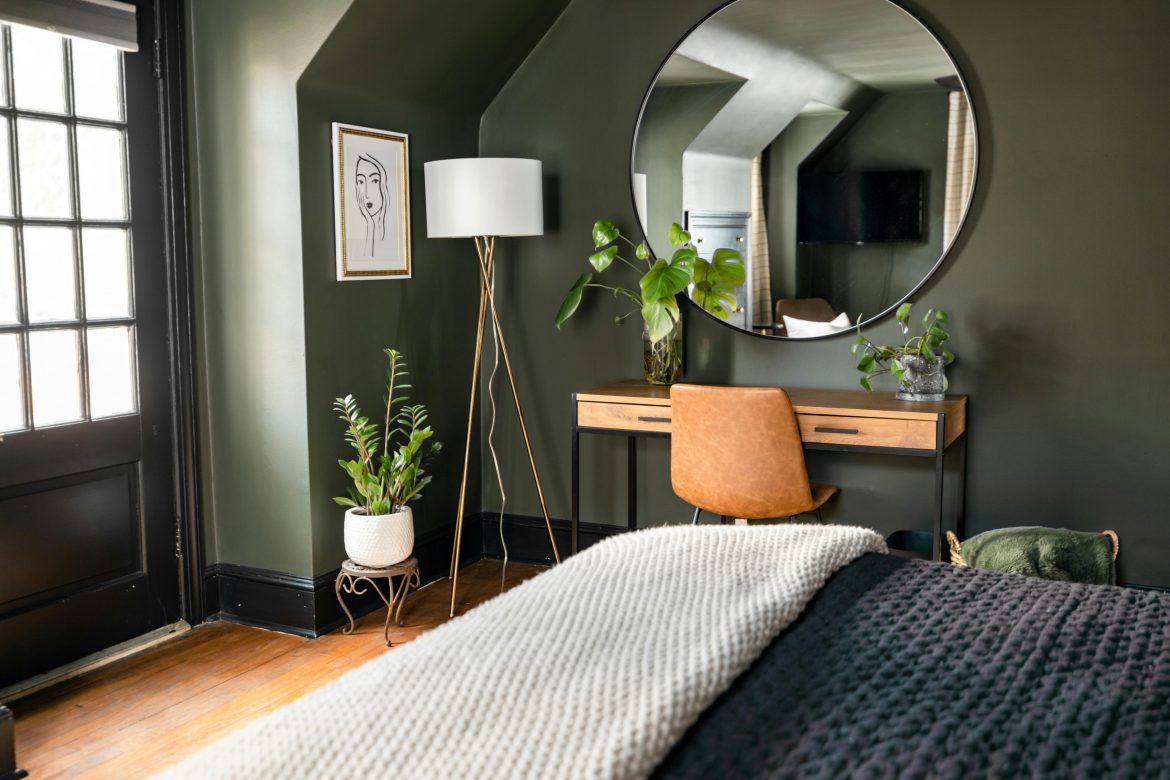If you’ve ever walked into a room and felt completely enveloped in a single, striking shade, you’ve likely encountered colour drenching. This interior design trend, which has been gaining popularity in recent years, involves using one colour across multiple surfaces in a space—walls, ceilings, trim, and even furniture. The result is an immersive, dramatic effect that transforms a room into a cohesive visual statement.
ALSO SEE: How to create a coastal vibe at home with these beach decor tips
While colour drenching may seem like a bold choice, it’s surprisingly easy to incorporate into different spaces. Whether you opt for deep, moody hues to create a sense of warmth or softer, more neutral tones for a subtle elegance, this technique offers endless possibilities for reimagining your interiors.
The appeal of colour drenching
The beauty of colour drenching lies in its ability to create a seamless, uninterrupted flow. By eliminating contrasting elements, the eye moves effortlessly around the room, making the space feel more expansive and harmonious. This effect works particularly well in smaller areas such as hallways, bathrooms, and home offices, where a uniform colour can enhance the sense of depth.
In larger spaces, colour drenching can be used to evoke different moods. Rich, saturated shades add an air of sophistication and intimacy, making living rooms and dining areas feel warm and inviting. Lighter hues, on the other hand, can brighten a room and create a calming atmosphere, ideal for bedrooms or open-plan spaces.

Pexels
Bringing colour drenching into your home
For those new to the trend, starting with a small area can be a great way to experiment without overwhelming the space. A guest bathroom, for instance, can take on an entirely new personality with a deep blue or forest green covering every surface. Hallways, often neglected when it comes to bold design choices, can benefit from colour drenching by creating a welcoming, enveloping feel as you move through the home.
One of the most effective ways to enhance the impact of colour drenching is by extending the colour beyond just the walls. Painting doors, skirting boards, and even air conditioners in the same shade adds to the overall cohesion. Built-in shelves, cabinets, and furniture can also be incorporated to heighten the effect, transforming everyday elements into intentional design features.
Playing with textures and contrast
While colour drenching is based on using a single hue, it doesn’t have to be flat or one-dimensional. Mixing different finishes—such as matte walls paired with a high-gloss trim—can add depth and interest. The subtle shift in texture allows light to interact differently with each surface, creating a sophisticated layering effect.
To prevent the look from becoming too overpowering, contrast can be introduced through furniture and accessories. A neutral sofa or vibrant artwork can provide a striking focal point without disrupting the overall aesthetic. Alternatively, for a more cohesive feel, accent pieces in complementary tones can enhance the chosen colour scheme while adding variety to the space.

Pexels
Is colour drenching here to stay?
This trend has been steadily growing in popularity, and it shows no signs of fading. However, its evolution is shifting towards softer, more organic shades. Earthy tones such as warm browns, muted greens, and rich terracottas are becoming increasingly popular, offering a balance between bold design and natural tranquillity. These hues not only create a visually stunning effect but also contribute to a sense of well-being, making them an ideal choice for modern interiors.
Whether you’re looking to completely transform a room or simply refresh a space with a touch of drama, colour drenching is a trend that delivers high impact with relatively simple execution. By carefully selecting the right shade and embracing the immersive nature of this technique, you can create a home that feels both contemporary and effortlessly stylish.
ALSO SEE:
The ultimate list of difficult houseplants to add to your collection
Featured Image: Pexels

